Reviewed by: Ysa Garcia
When you think about smartphone durability, most of us picture controlled lab tests with precise water measurements and careful drop simulations. Beakers. Timers. Drop rigs. But real-world disasters do not follow laboratory protocols.
A resident in the Philippines recently discovered just how far modern phone engineering can exceed its official specifications when Typhoon Kalmaegi devastated their home, leaving their device buried in mud for three days.
What happened next defies everything we think we know about consumer electronics. The device was swept away in the floodwaters and was found stuck in the mud three days later. After a thorough cleaning and charging session, it turned on straight away and worked fine. No water damage indicators. No system failures. No dead pixels. A fully functional communication lifeline that had somehow weathered contaminated floodwater, debris impacts, and prolonged pressure that would challenge military-grade equipment.
Miracle? Not quite.
Beyond the IP68 promise: what official ratings actually mean
The device that survived this natural disaster was an iPhone 17 Pro Max, which carries the industry-standard IP68 rating. Here is what those numbers mean in practice: Apple specifies testing to a maximum depth of 6 meters for up to 30 minutes under IEC 60529. Clean, controlled laboratory water, not three days in muddy floodwater during a typhoon.
The phone was protected by a CARE by PanzerGlass Samba Vanilla case, though experts note that the case likely provided minimal assistance in such extreme conditions. The real story is why IP68 testing, built around predictable lab scenarios, does not predict typhoon survival.
IP68 ingress protection standards test specific pressure differentials in clean water. Typhoon conditions bring salt and sewage contamination, rapid pressure swings from surges, battering debris, and temperature shifts. Sealing mechanisms and internal protections that let a device exceed those specs by that kind of margin reflect safety buffers built far beyond the published minimums.
When extreme conditions become the ultimate stress test
This Philippine typhoon incident joins a small but growing collection of smartphones defying their technical limits in extraordinary circumstances. Earlier this year, a Pixel 8 was found to be working after spending four days in a hot tub. On the other end of the thermometer, a Galaxy phone survived for five hours trapped under Arctic ice. Different settings, different stressors: thermal shock and chlorinated water, extreme cold with pressure variations, prolonged submersion in contaminated runoff.
These survival stories line up with increasingly relevant global patterns. Natural disasters like typhoons have become increasingly frequent in recent years, causing persistent power outages and significant challenges for urban infrastructure. When communication networks wobble and emergency services are stretched, mobile devices often become the lifeline connecting victims to help.
The engineering takeaway is blunt: modern smartphones are not just surviving conditions that exceed their specifications; they're staying usable in scenarios that would disable purpose-built emergency gear. That hints at deeper redundancy, smarter materials choices, and conservative ratings that leave real headroom.
The engineering evolution behind smartphone resilience
Modern smartphone durability is a blend of materials science, structural engineering, and test regimes that go far beyond marketing copy. The trend line backs it up: iPhone damage rates have decreased by 40% over the past five years.
Apple's testing protocols show how intricate this has become. They use specialized equipment that simulates the vibrations of cars, buses, aircraft, and motorcycles, acknowledging that most stress occurs during everyday travel, not just during dramatic drops. Their labs run robotic arms to replicate drops from multiple angles and heights, producing consistent scenarios humans could not repeat.
The approach is holistic. MacBooks demonstrate impact absorption through controlled flexing, distributing energy across the structure instead of relying on a single hard point. Battery tech is vetted hard, with each new product tested through approximately 1,000 charging cycles annually to reflect real habits and temperature swings.
Test environments push the limits too, with heat, humidity, and saltwater exposure that emulate coastal climates. Some conditions reach 40°C with 90% humidity. Put together, it is easier to see how a phone like that typhoon survivor can blow past its listed rating. The spec is a floor, not a ceiling.
What this means for everyday users and emergency preparedness
The practical side of these survival stories lands in your pocket. Mobile applications have become essential tools for disaster communication and response coordination, with 77 flood-related apps currently available on the Google Play Store that provide real-time alerts, emergency contact directories, and user reporting capabilities.
If a phone can stay alive when gear built for emergencies taps out, that matters. In a crisis, one device does a lot: GPS when streets are unrecognizable, emergency contacts when stress blanks your memory, offline maps when towers go dark, a flashlight when the grid is down.
PRO TIP: If you live in a disaster-prone area, consider downloading emergency communication apps before you need them. Store offline maps, emergency contact lists, and disaster-specific information in your device. Your phone's exceptional durability means this critical data will likely survive when other emergency preparations might not.
For users in disaster-prone regions, knowing your main lifeline is tougher than the spec sheet suggests brings real peace of mind. Those extra margins are not accidents; they're design choices made for the worst day, not the best one.
The broader picture: when technology exceeds expectations
Stories like the Philippine typhoon survivor pull back the curtain on modern consumer electronics. Real resilience often beats the spec by a wide margin. That gap reflects the realities of product development, from legal liability to warranty costs to the messy unpredictability of daily life.
Engineers plan for more than the minimum. Safety margins cover manufacturing variation, aging components, harsh environments, and habits that test labs cannot fully script. So a typhoon-surviving iPhone is less a fluke, more the expected outcome of conservative ratings and robust design.
For consumers, that distinction resets expectations. Your smartphone's IP68 is a guaranteed minimum under controlled conditions, with plenty of engineered capability beyond it.
Bottom line: when severe weather heads your way, you can take some comfort. Your communication lifeline is built to handle conditions that would challenge dedicated emergency gear. Do not go looking for trouble, but know the headroom is there when life gets truly chaotic.




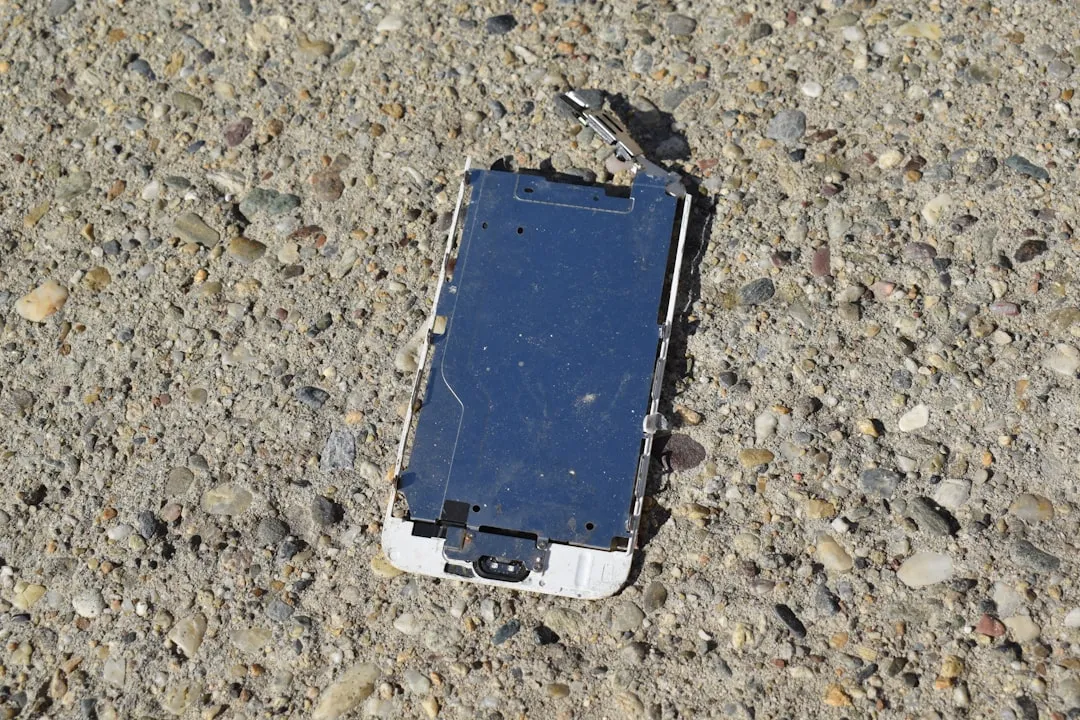

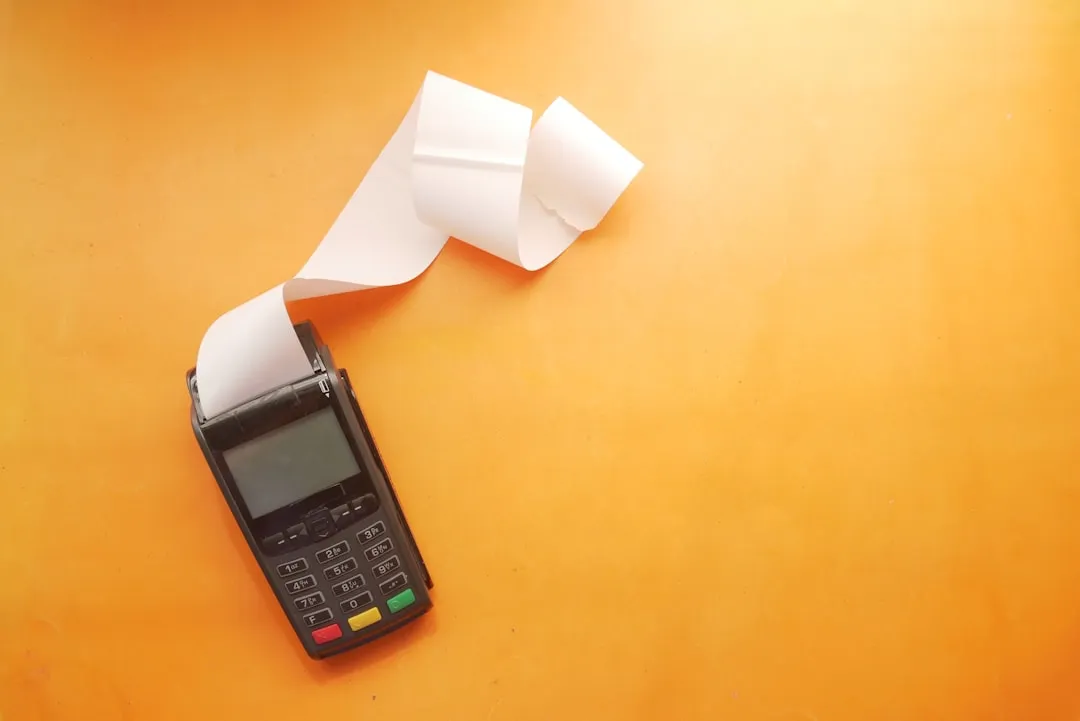

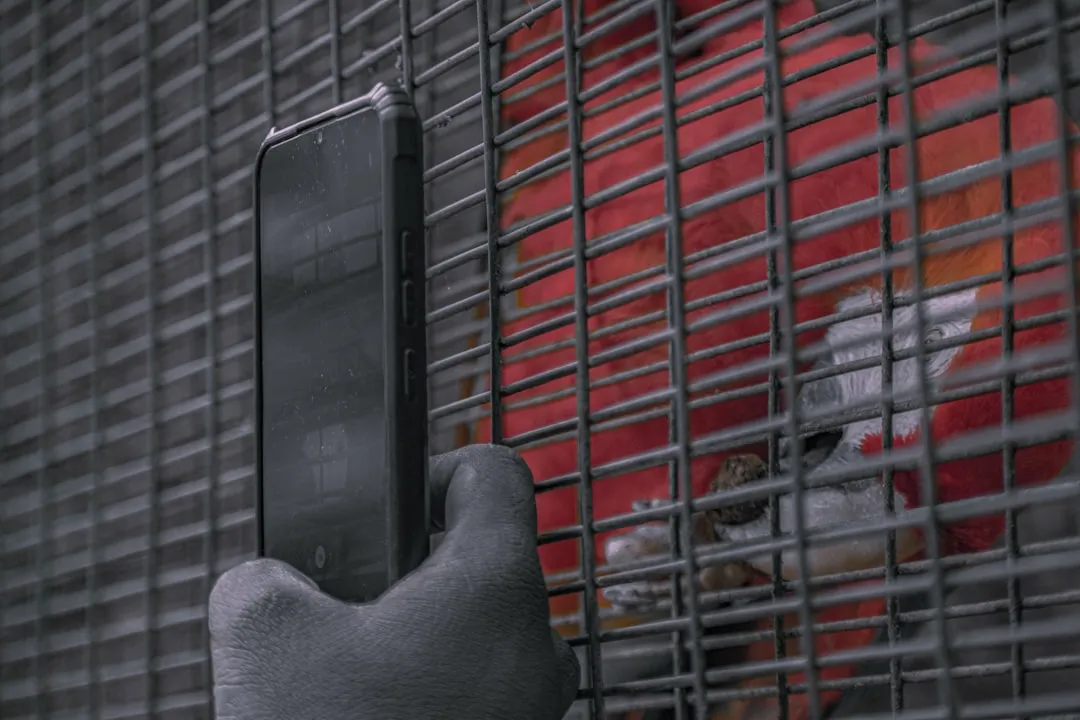
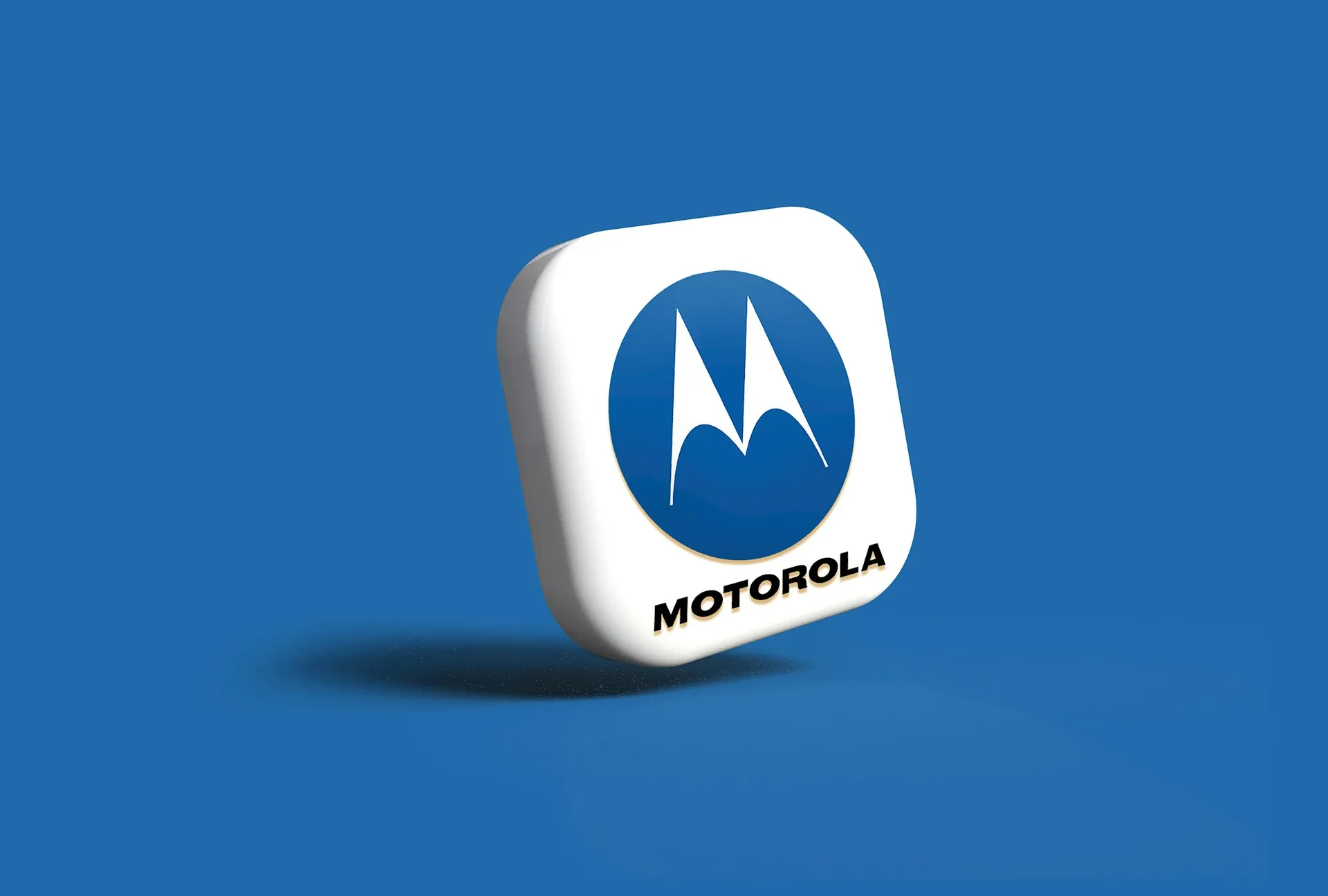
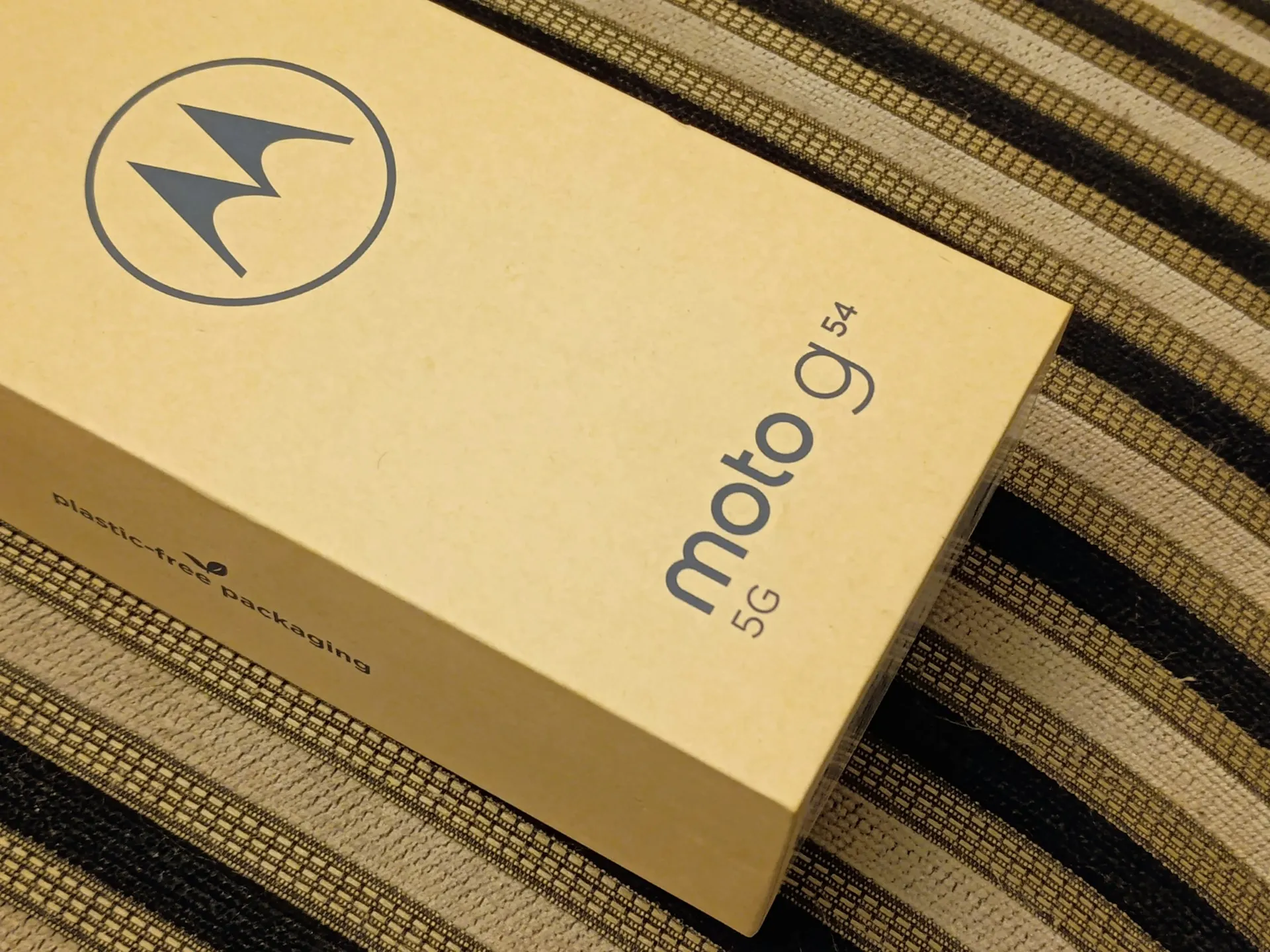
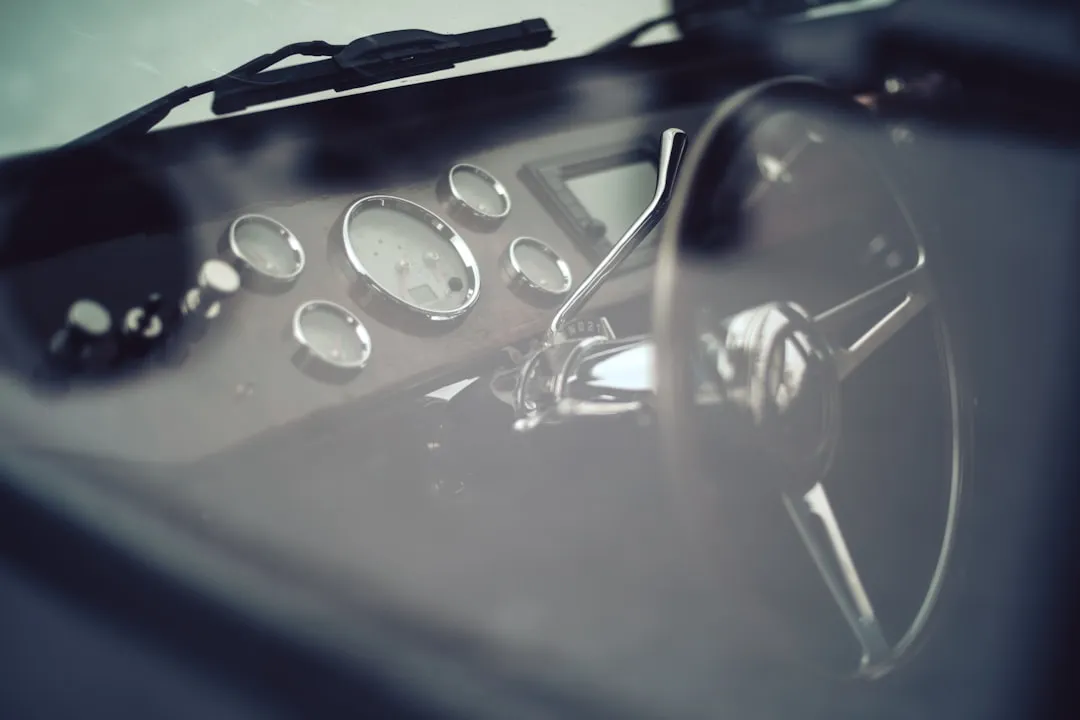

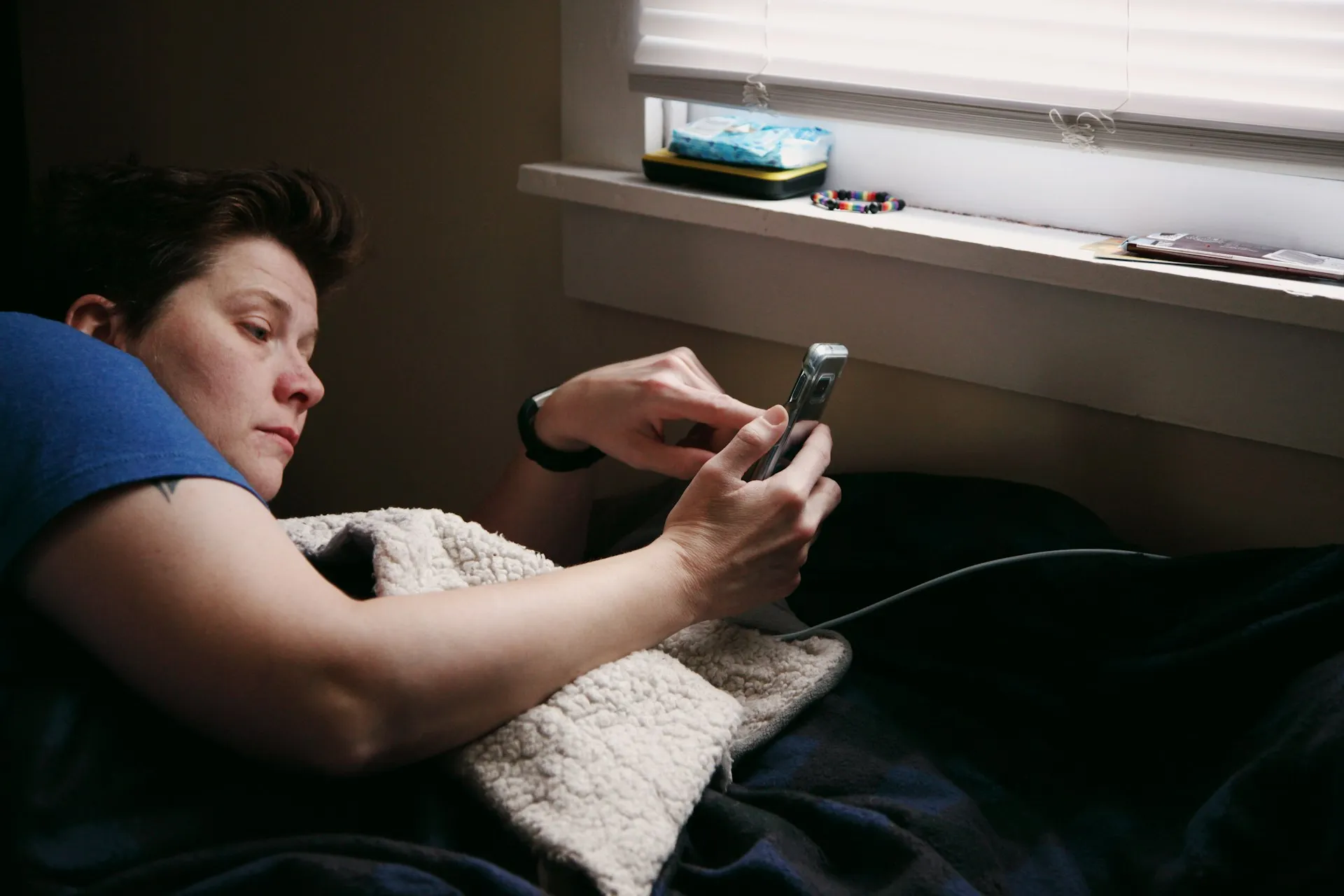
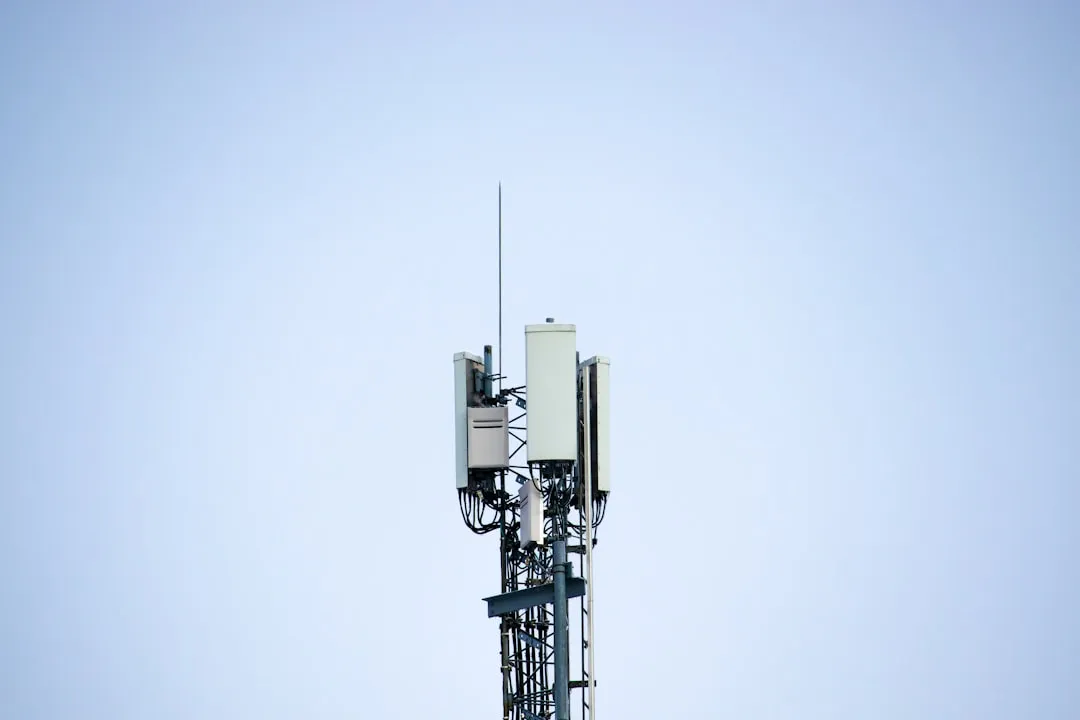
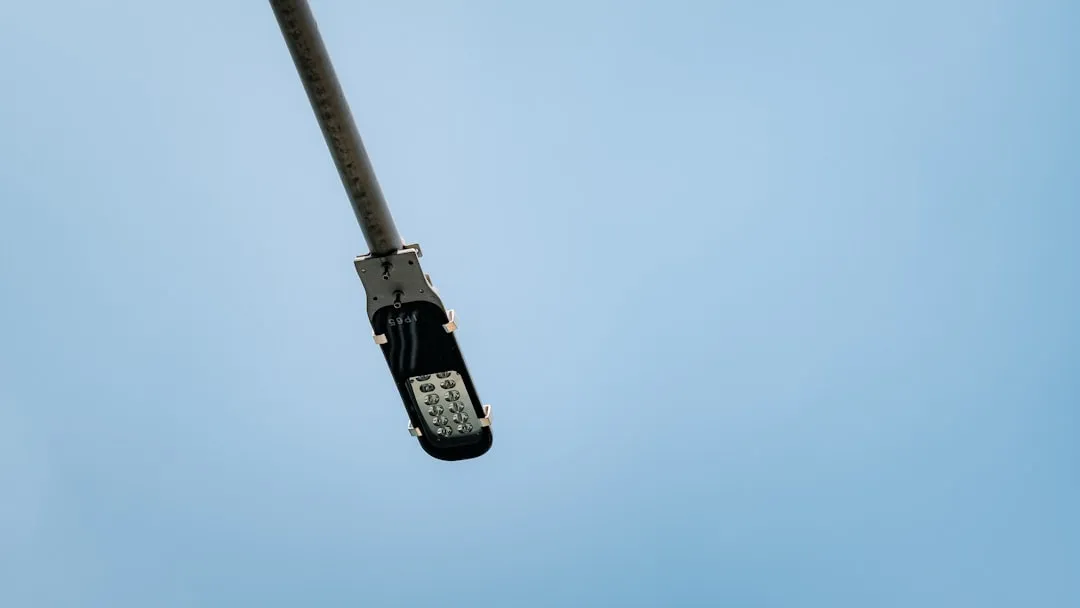

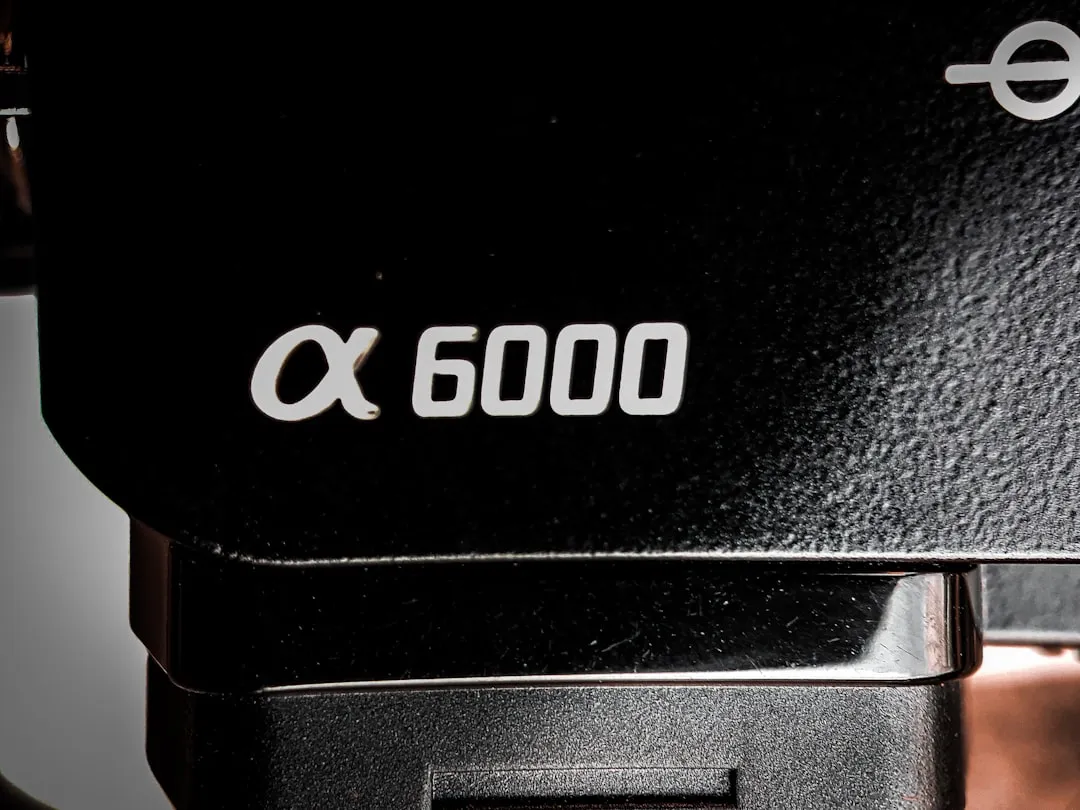

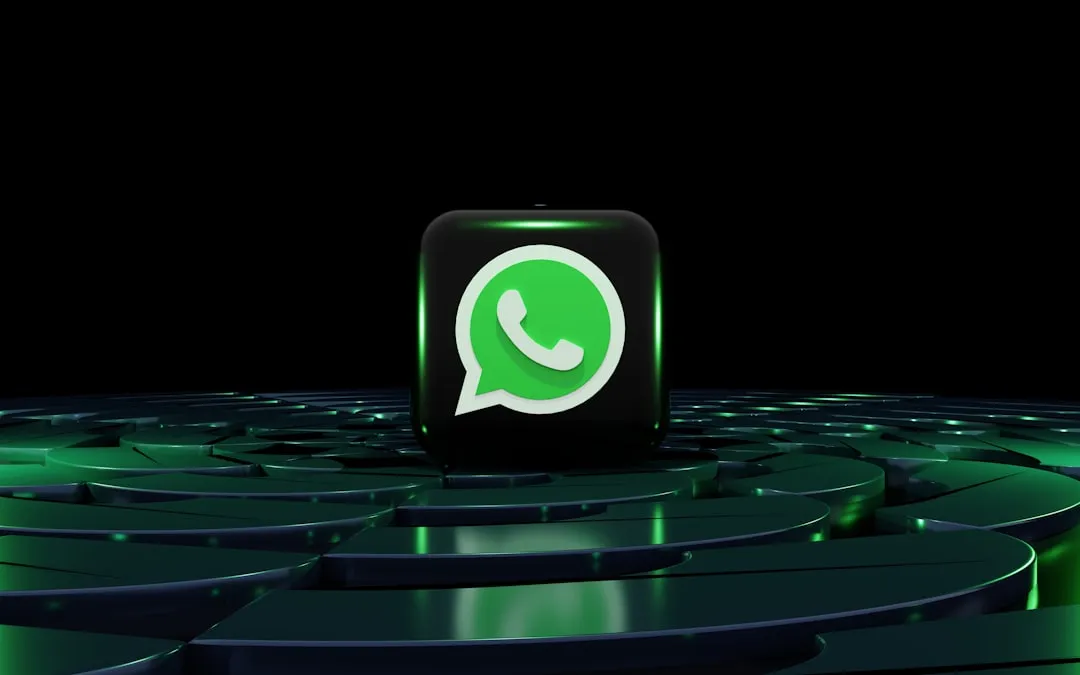
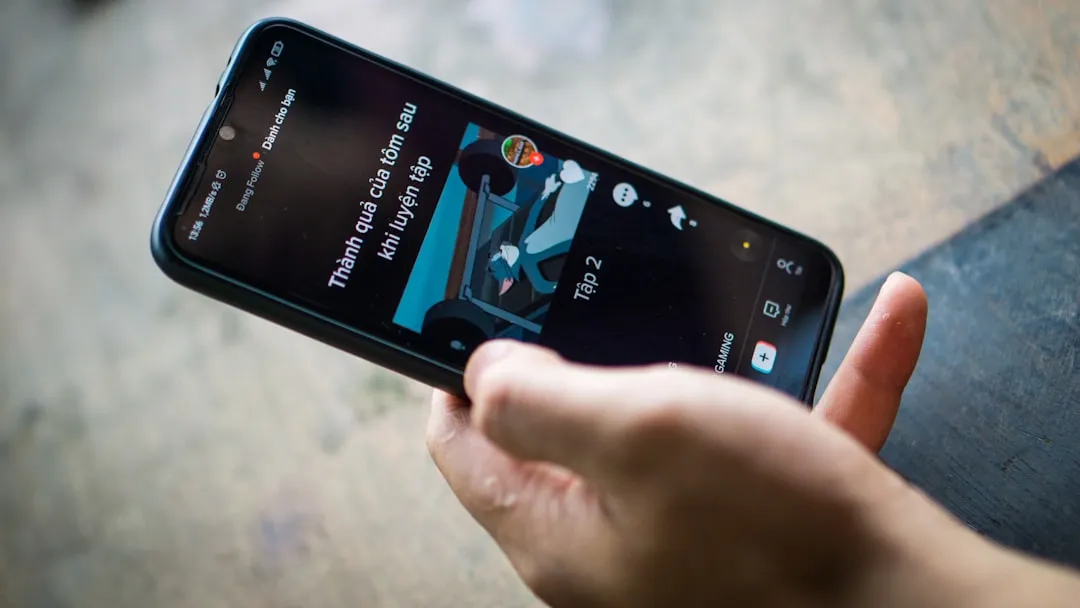
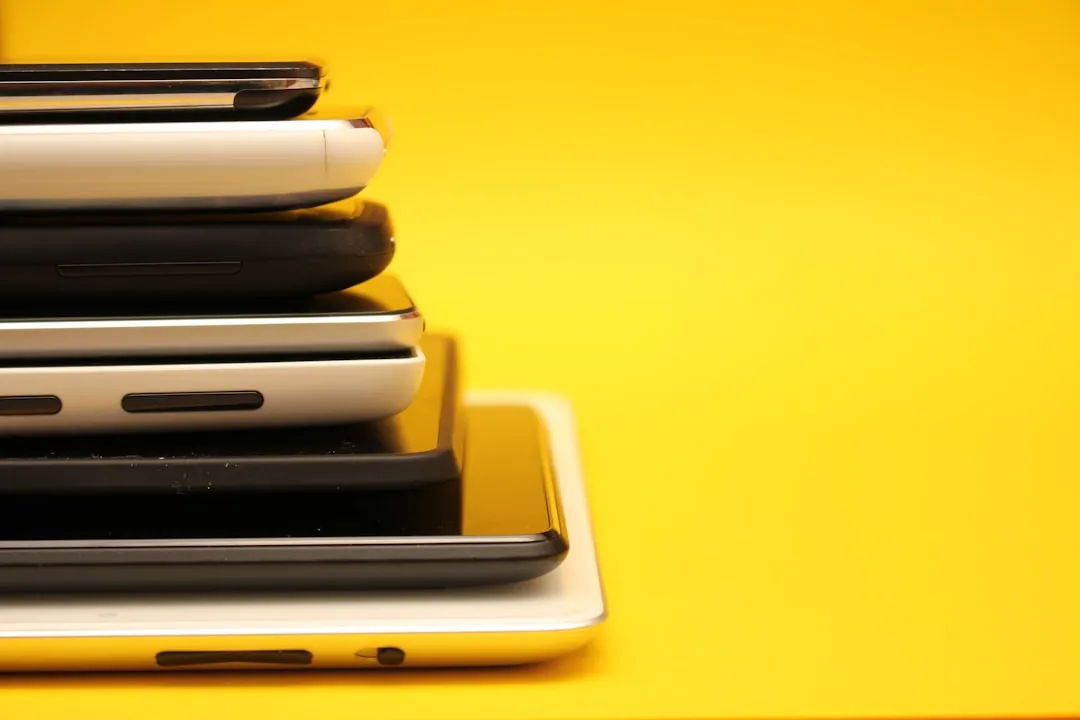

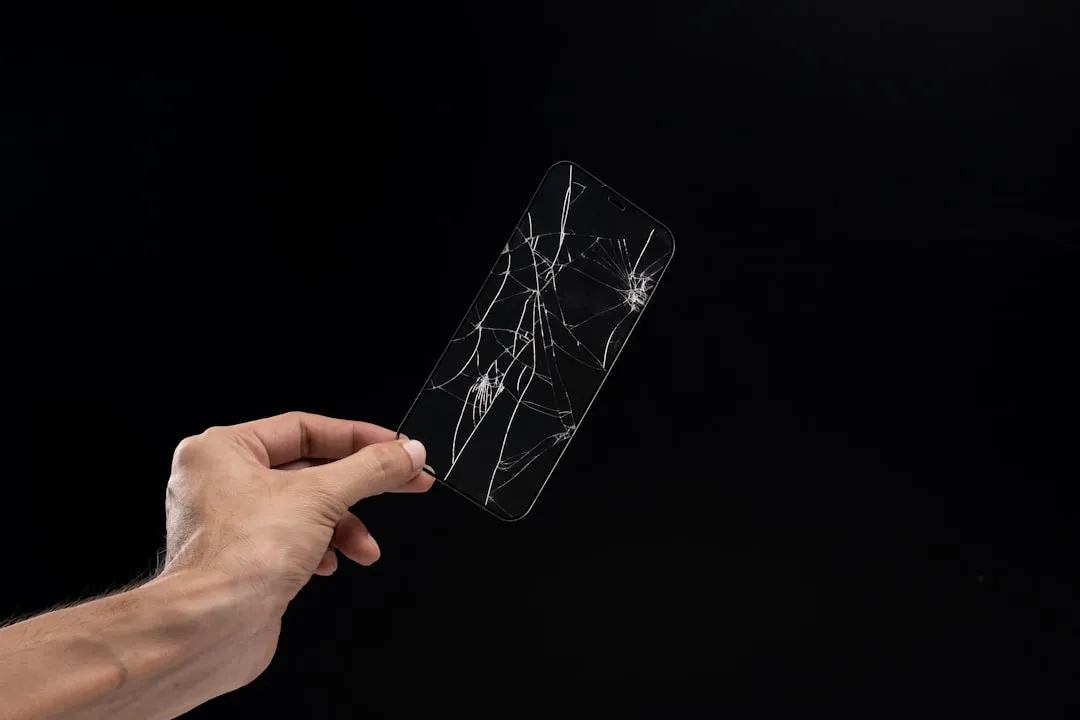
Comments
Be the first, drop a comment!